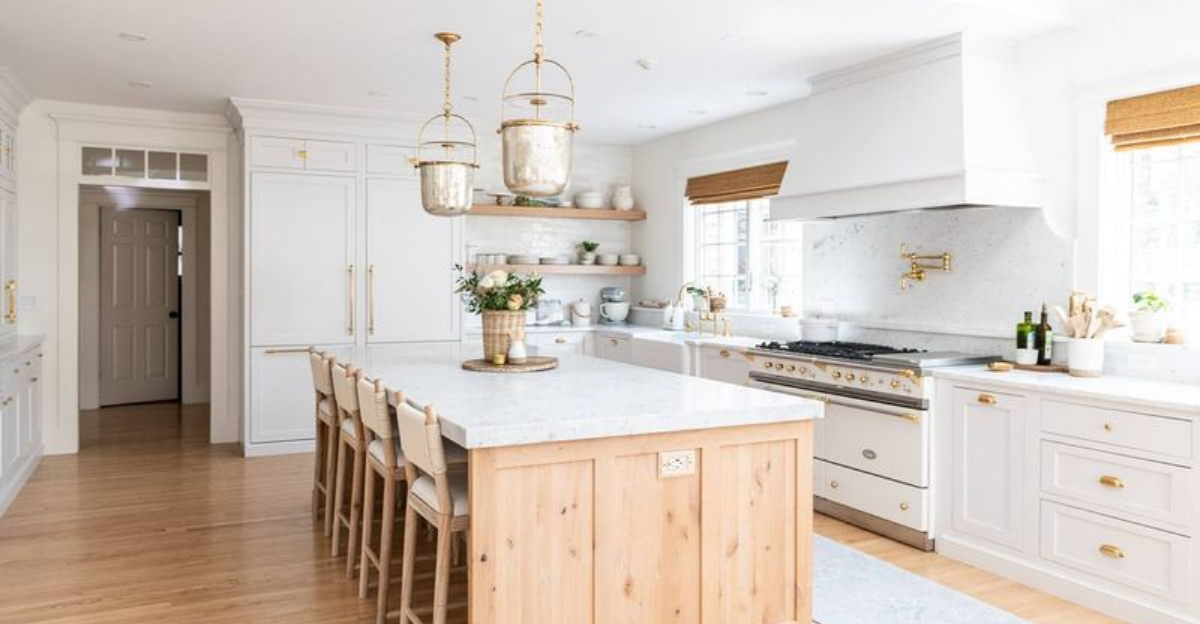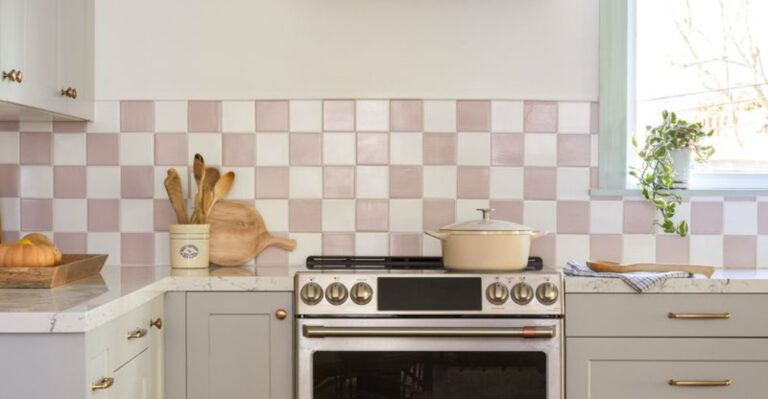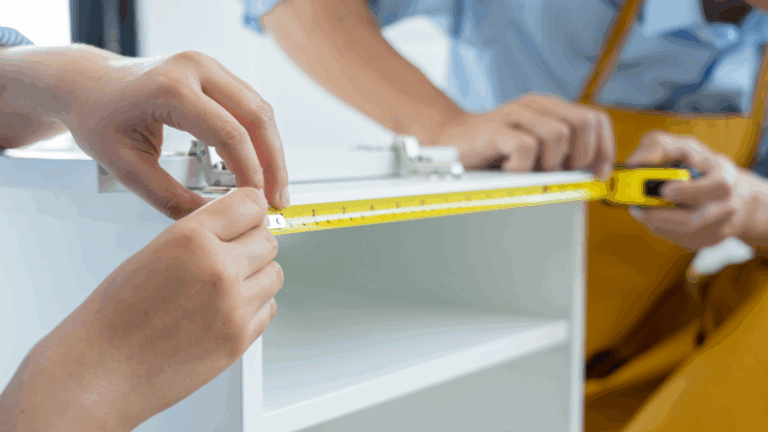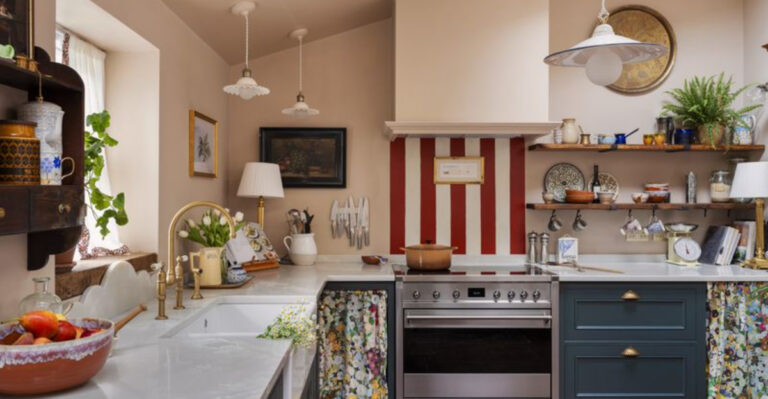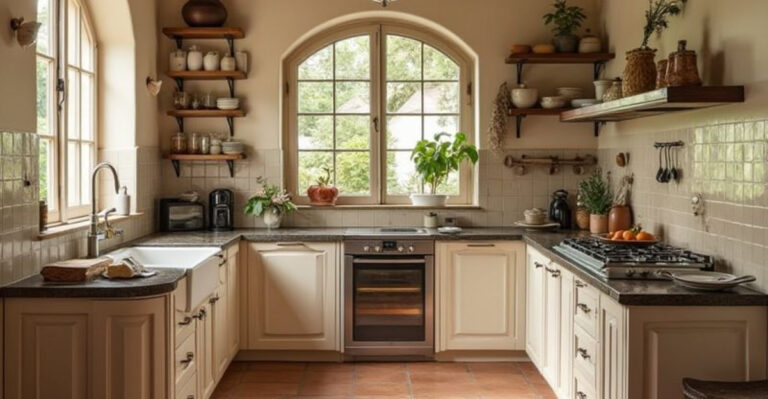10 Things You Should Forget When Renovating A Kitchen Plus 5 You Must Skip
Ready to transform your kitchen into a dream space? Kitchen renovations can be exciting but also overwhelming with countless decisions to make.
Whether you’re planning a complete overhaul or a simple refresh, knowing what to forget and what to skip can save you time, money, and headaches.
Let’s explore the common pitfalls to avoid during your kitchen makeover journey.
1. Forget Perfect Pinterest Perfection

Ever scrolled through endless kitchen inspiration boards? Those magazine-worthy kitchens often hide practical realities.
What works for a photoshoot might create daily frustrations in real life.
Focus on functionality first, then incorporate beautiful elements that enhance your experience, not complicate it.
2. Forget Ignoring Your Kitchen Triangle
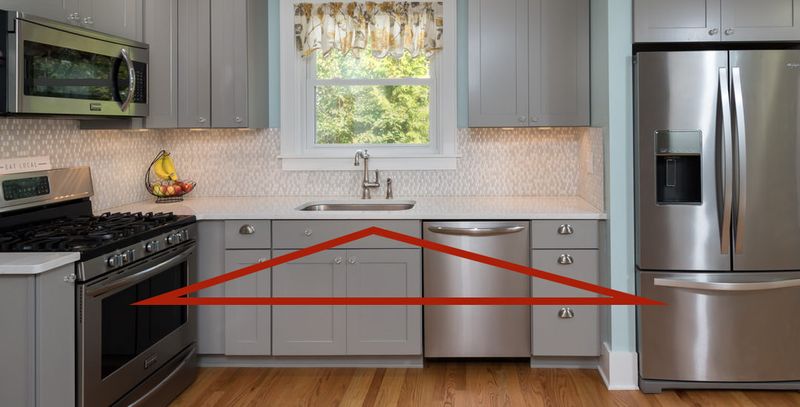
Arranging your sink, stove, and refrigerator in a dysfunctional pattern creates constant frustration. The classic kitchen work triangle exists for good reason!
When these three elements are positioned with efficiency in mind, cooking becomes a joy rather than an obstacle course. Imagine preparing dinner without constantly bumping into things.
Measure the distances between these key features and aim for a comfortable walking path between 4 and 9 feet each.
3. Forget Skimping On Storage
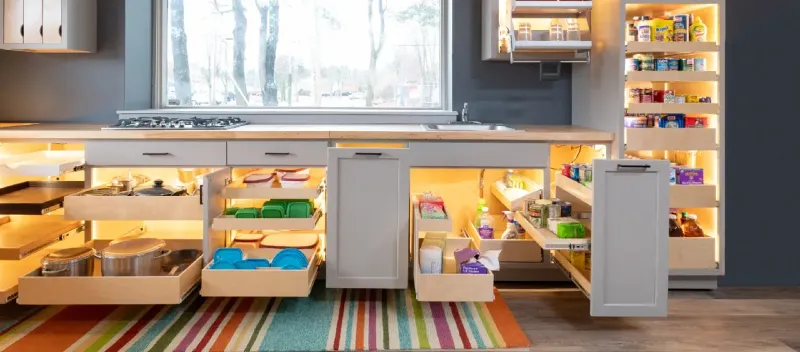
Nothing kills kitchen joy faster than cluttered countertops and overflowing cabinets. Your future self will thank you for maximizing every storage opportunity during renovation.
Think beyond basic cabinets to include pull-out pantries, deep drawers for pots, and vertical dividers for baking sheets. Smart storage solutions transform how you interact with your kitchen daily.
4. Forget Trendy Over Timeless

Remember avocado green appliances or salmon pink tiles? Jumping on today’s hottest trends might leave you with tomorrow’s dated look.
Instead of chasing what’s momentarily popular, invest in classic elements for permanent features. You can always incorporate trendy colors through easily replaceable items like bar stools or accessories.
Neutral cabinets, quality appliances, and simple backsplashes provide a timeless foundation that remains stylish through changing trends.
5. Forget Inadequate Lighting

Chopping vegetables in shadows is not just annoying—it’s dangerous! Many homeowners underestimate the importance of layered kitchen lighting.
Your kitchen needs three types of lighting: ambient (overall illumination), task (focused on work areas), and accent (highlighting features). This combination creates both functionality and atmosphere.
6. Forget DIYing Everything
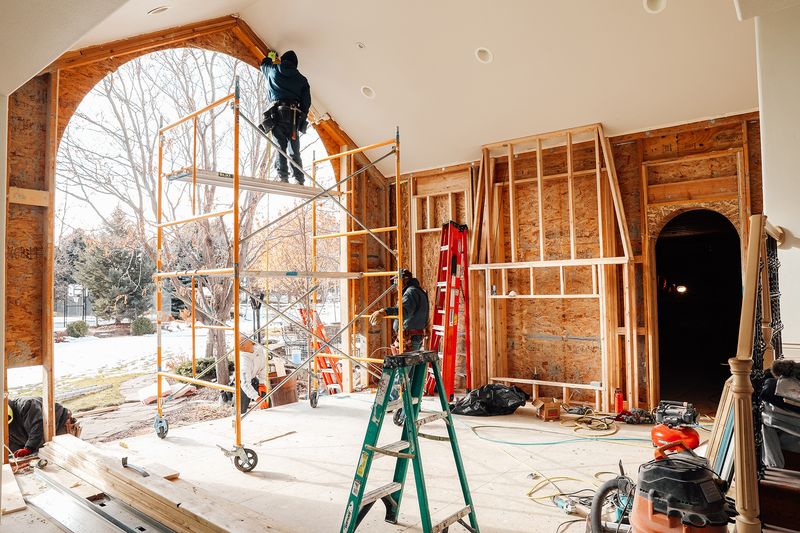
While painting cabinets might be within your skill set, tackling electrical work without proper knowledge is asking for trouble. Some renovation aspects require professional expertise.
Knowing when to call in professionals saves money long-term by preventing costly mistakes. Plumbing, electrical, and gas line work typically require permits and professional installation.
Create a realistic assessment of your skills and budget for professionals where needed—your safety and the project’s success depend on it.
7. Forget Insufficient Outlets
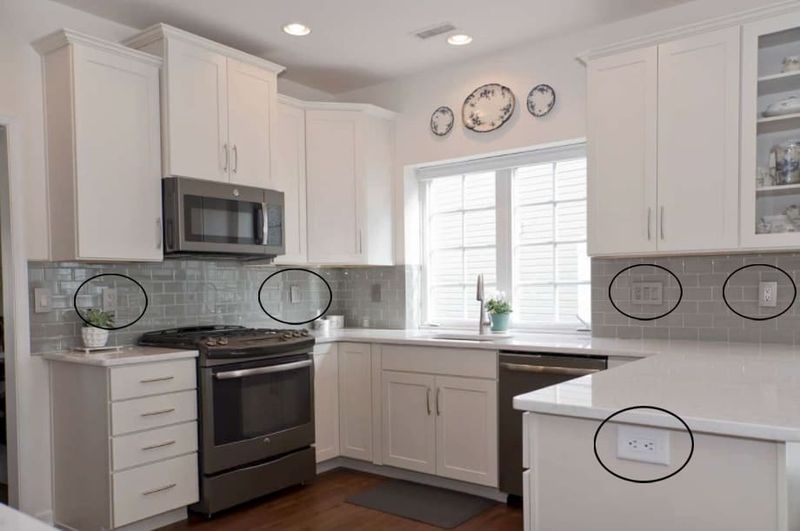
Imagine juggling appliance plugs because your renovation didn’t include enough outlets. Modern kitchens need abundant power sources for everything from coffee makers to phone chargers.
Strategic outlet placement makes daily life easier. Consider how you use different areas and what devices you’ll need to power there.
Incorporate outlets in islands, dedicated charging stations, and even pop-up outlets that disappear when not in use for both function and aesthetics.
8. Forget Neglecting Ventilation
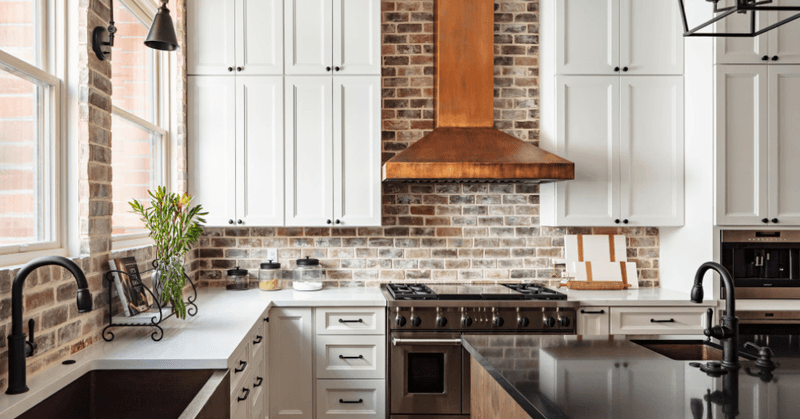
Without proper ventilation, cooking odors linger for days and grease slowly coats your cabinets. A powerful range hood is non-negotiable for serious cooks.
Ventilation affects air quality and kitchen cleanliness. The right hood system removes smoke, steam, and cooking byproducts that would otherwise settle throughout your home.
Select a hood that extends fully over your cooking surface and vents outside rather than recirculating air through filters for maximum effectiveness.
9. Forget Overlooking Counter Space
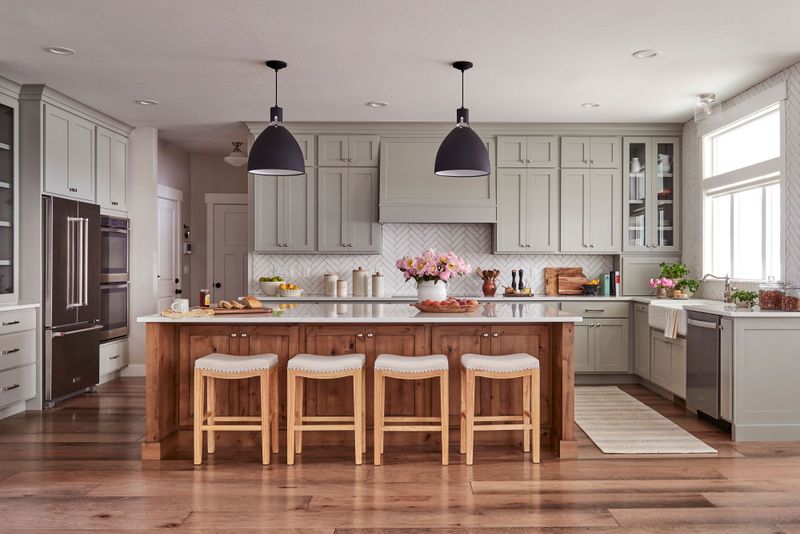
Having to prep dinner on a postcard-sized area between appliances makes cooking a chore rather than a pleasure. Counter space is kitchen gold!
When planning your layout, allocate generous work surfaces near the sink and stove. Think about how many people typically cook together and what activities happen simultaneously.
10. Forget Budget Without Buffer

Surprises lurk behind walls and under floors! Setting a renovation budget without wiggle room is a recipe for financial stress when unexpected issues arise.
Experienced renovators always add a 20% buffer to their estimated costs. This cushion covers hidden problems like water damage, electrical updates, or structural issues revealed during demolition.
Tracking expenses carefully throughout the project helps manage this buffer and prevents the common renovation nightmare of running out of funds midway.
11. Skip Ultra-Trendy Backsplashes

That fish scale tile pattern might look amazing on Instagram, but will you still love it in five years? Highly distinctive backsplashes date quickly and are expensive to replace.
Instead of following fleeting trends, consider classic subway tiles, simple patterns, or natural materials that stand the test of time. These options provide a beautiful backdrop without visual fatigue.
If you crave something bold, incorporate trends through easily changeable elements like paint or accessories rather than permanent installations.
12. Skip Appliances That Don’t Fit Your Lifestyle
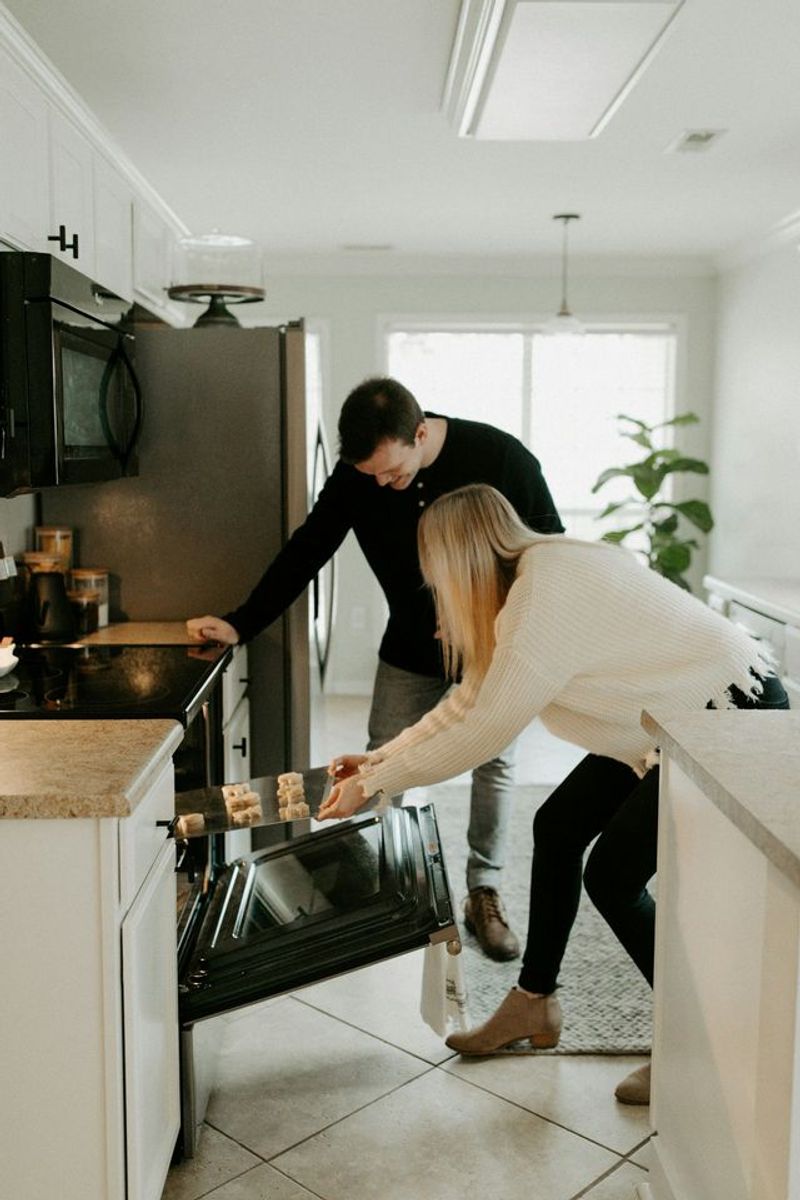
Dreaming of that professional-grade range when you mostly order takeout? Fancy appliances collect dust when they don’t match your actual cooking habits.
Honest assessment of how you really use your kitchen prevents expensive mistakes. The perfect appliance suite depends on your specific needs, not showroom appeal.
13. Skip Eliminating Upper Cabinets Entirely
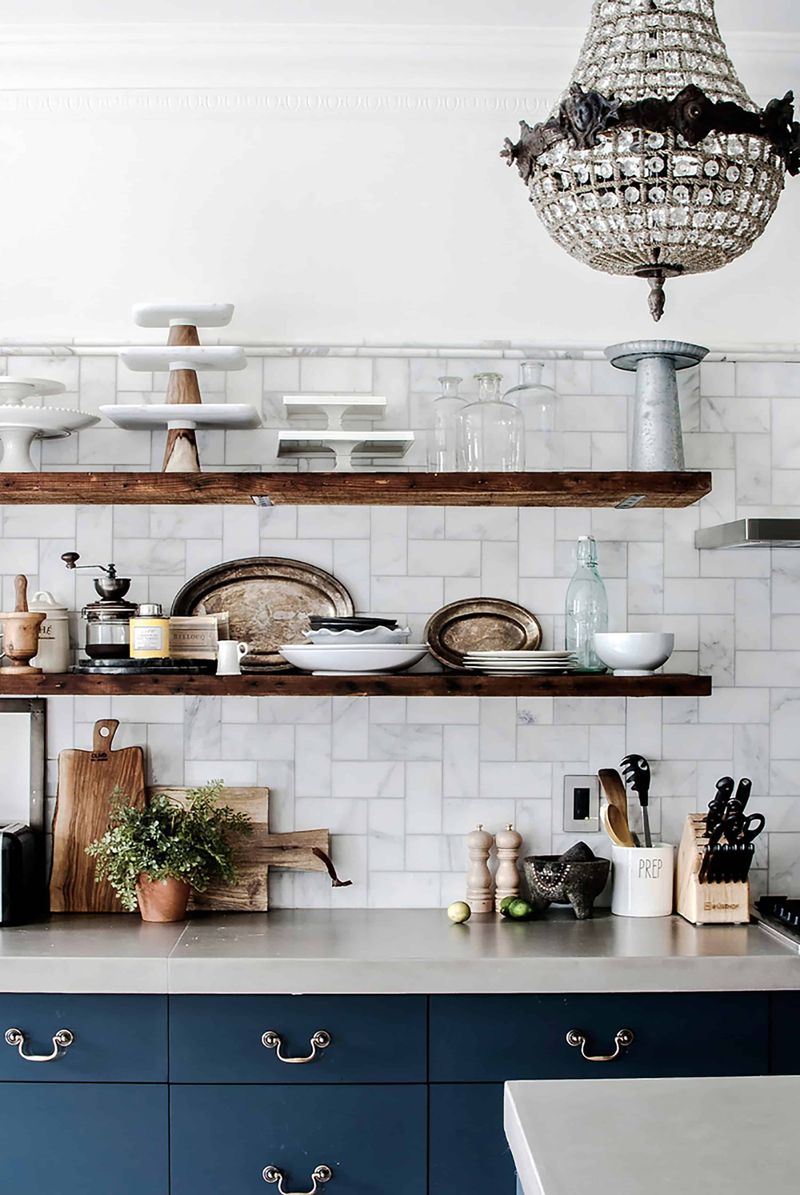
Open shelving looks gorgeous in magazines but demands constant maintenance and styling in real life. Without sufficient closed storage, where will you hide mismatched mugs and cereal boxes?
While a few open shelves add character, completely eliminating upper cabinets creates practical storage challenges for most families. Consider your organizational habits honestly.
A balanced approach might include some glass-front cabinets or open shelving for display items while maintaining closed storage for everyday necessities.
14. Skip Cheap Cabinet Hardware

Your hands touch cabinet pulls and knobs multiple times daily. Bargain-bin hardware not only looks cheap but feels flimsy and deteriorates quickly with constant use.
Quality hardware transforms basic cabinets into custom-looking pieces. This relatively small expense significantly impacts both aesthetics and daily functionality.
Invest in solid metal hardware with comfortable ergonomics and durable finishes. These pieces withstand years of use while maintaining their appearance and operation.
15. Skip Ignoring Workflow for Aesthetics
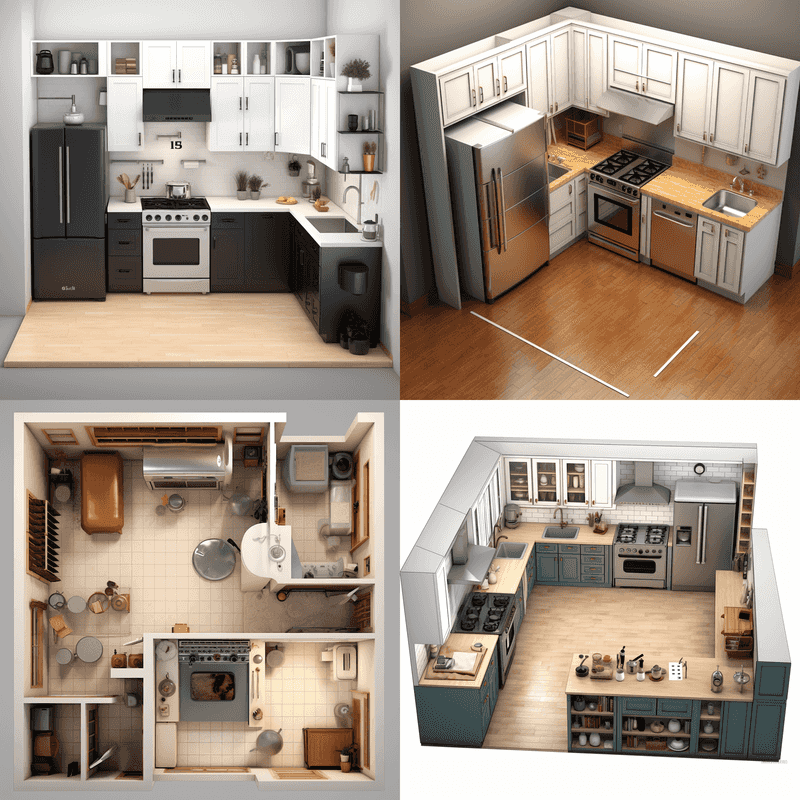
Placing your refrigerator across the room from your prep area creates unnecessary steps with every meal. Pretty layouts that ignore functionality create daily frustration.
Watch how you naturally move through your current kitchen to identify pain points. Where do you prepare food? Where do you need to access frequently used items?
Design around actual movement patterns rather than theoretical ideas or purely aesthetic considerations to create a kitchen that works with you, not against you.

